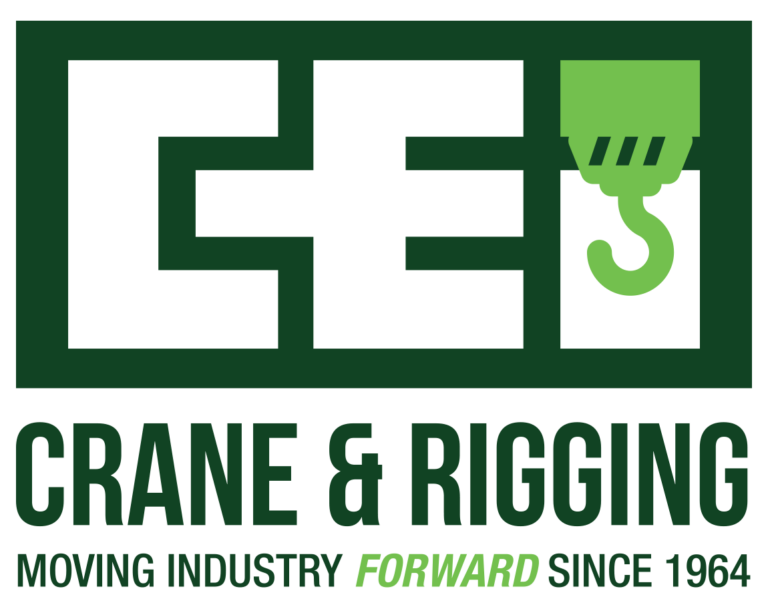No matter what you’re shipping, your shipping materials matter — possibly even more than you think. And when you use organic shipping materials such as wood, there is always the risk that you could be shipping organisms along with your machinery.
That’s why CEI Crane & Rigging complies with ISPM-15 regulations when supplying shipping and crating services. Learn more about these regulations, what they’re used for, and what you need to know.
WHAT IS ISPM-15?
ISPM stands for International Standards for Phytosanitary Measures. These regulations are part of international trade agreements designed to protect human and plant life. They are intended to prevent the accidental transport of invasive pests or disease which may “hitch a ride” on wood used for packaging during international shipping. Some examples of these pests include wood and bark borers, such as the Asian Long Horned Beetle.
ISPM-15, adopted in 2002, specifically addresses the treatment of wood used in international shipping and crating services. It states that wood thicker than 6mm should be heat treated or fumigated with methyl bromide and then stamped (or branded) to demonstrate its compliance. (Microwave treatment is also an option.) This specially treated wood may then be used in pallets, crates, and other wood packaging.
Treating the wood reduces the presence of pests and disease-carrying organisms such as fungus. Because some of these pests love bark as well as wood, ISPM-15 was amended to specify that no bark pieces larger than 3 mm could remain on the treated wood.
WHAT TO LOOK FOR IN INTERNATIONAL SHIPPING & CRATING SERVICES
To be sure that your shipment meets international regulations, work with a company that provides overseas crating services that comply with ISPM-15, such as CEI Crane & Rigging.
TREATED WOOD PACKAGING
A reliable shipping and crating company must use treated wood packaging.
At CEI Crane & Rigging, all of our wood pallets and other wood packaging materials have been heat treated to industry-approved levels. That means the wood has been heated to a core temperature of 133 degrees Fahrenheit (56 degrees Celsius) for a minimum of 30 minutes. At these temperatures, the wood has been sterilized and living organisms (including insects and pathogens) have been eliminated.
THE STAMP OF APPROVAL
Once the wood has been treated, it should be stamped with an identifying mark. For heat treated wood, look for the letters HT. For fumigated wood, which has been treated with a gaseous pesticide called methyl bromide, look for the letters MB. The stamp should also display the IPPC certification symbol which resembles a wheat stalk and contains the letters IPPC. Loose lumber for dunnage may contain the letters DUN.
Finally, the stamp may also include other letters and codes that represent unique agencies, suppliers, and certification numbers.
INTERNATIONALLY APPROVED
When using approved treated lumber for heavy equipment shipping overseas, you’re joining a long list of countries that have agreed to the same regulations for imports and exports. And by using a reliable shipping and crating expert like CEI Crane & Rigging, you can be sure that your shipment meets all required codes and regulations.
Ready to learn more or schedule your shipment? Contact us to request a quote.
